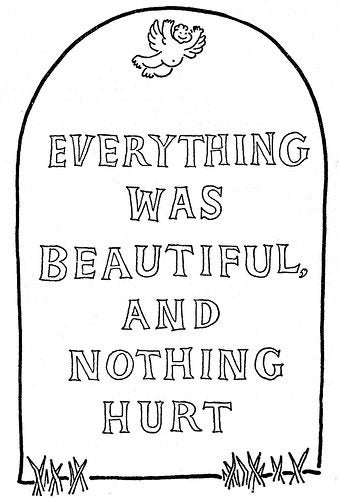The American and British bombing of Dresden, Germany, which began February 13, 1945, was once viewed as an historical footnote to a much-wider story. After all, it took place near the end of World War II, a war characterized by atrocities too numerous to count.
Then came the 1969 publication of a science fiction novel called Slaughterhouse-Five by Kurt Vonnegut, Jr. He had witnessed the bombing as an American POW, and survived by taking shelter in a meat locker in the historic German city. The novel tells the story of Billy Pilgrim, also an American POW in Dresden, who time travels through space and comments on barbarity with the understated mantra of “So It Goes.”

The novel became Vonnegut’s iconic work, selling more than 800,000 copies in the U.S. It was widely translated. Slaughterhouse-Five was read widely as a graphic statement on the futility of war, capturing the zeitgeist of the time, when anti-Vietnam War protests were at their zenith.
“All this happened, more or less,” is how Vonnegut introduces the novel.
Vonnegut’s novel re-opened an old wound: Was the Dresden bombing morally justified? Was it simply an act of vengeance for Nazi crimes, inflicted upon innocent civilians? Or was it necessary to bring the war in Europe to a close?
In the novel, Vonnegut describes Billy Pilgrim as witnessing the worst act of mass violence in European history, comparable to the atomic bombing of Hiroshima. Citing a widely-published history of the time, he put the Dresden fatalities at 125,000.
Historians disputed Vonnegut’s figures. The actual fatalities were far less, about 25,000, with the higher figures inflated by Nazi propaganda claims. Some argued that Vonnegut had distorted the numbers to buttress his novelistic point.
Literary critic Anne Rigney sees it differently. Vonnegut, she notes, was working with the accepted casualty figures of his time (the later, lower estimates came after the publication of the novel). Ironically, as an eyewitness to the horror, Vonnegut knew less about the big picture of the bombing than historians who had access to a wider range of materials.
She notes that Vonnegut’s work is not history. It doesn’t pretend to be. It features a character who travels in outer space and through time. The novel is, rather, a “cultural remembrance” by defining a historical event via graphic novelistic impressions.
Still, Slaughterhouse-Five had real-world consequences. It reopened the moral investigation into the Dresden bombings, and by implication, war in general. Vonnegut’s point was to use the dead of Dresden as a “spectral presence” who inform the living about the atrocities of all war, with the point being that “every collateral victim is one too many,” writes Rigney.
The result was that Vonnegut’s use of science fiction and his own eyewitness accounts brought an ugly World War II event to a world more willing to hear about the impact of wartime barbarism 24 years after the actual events.







